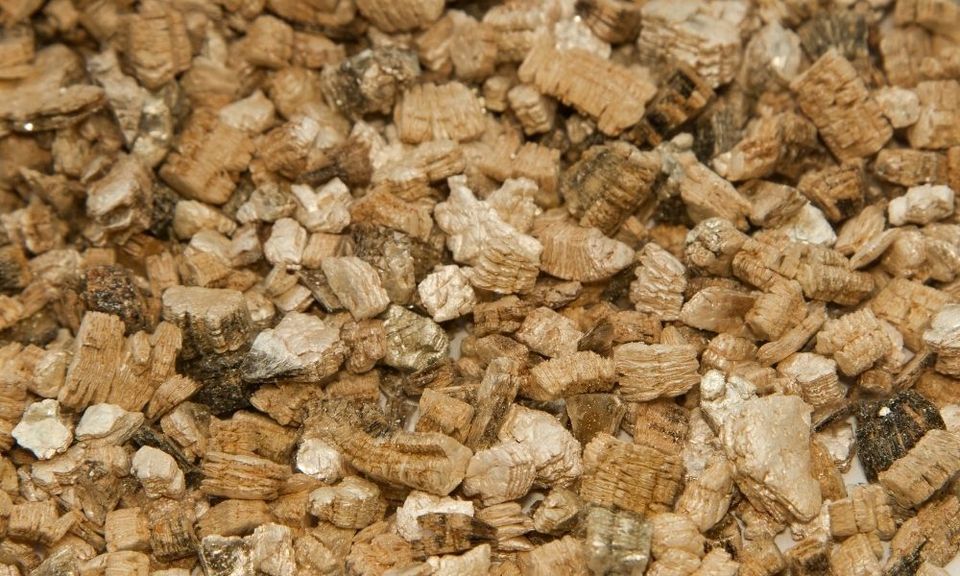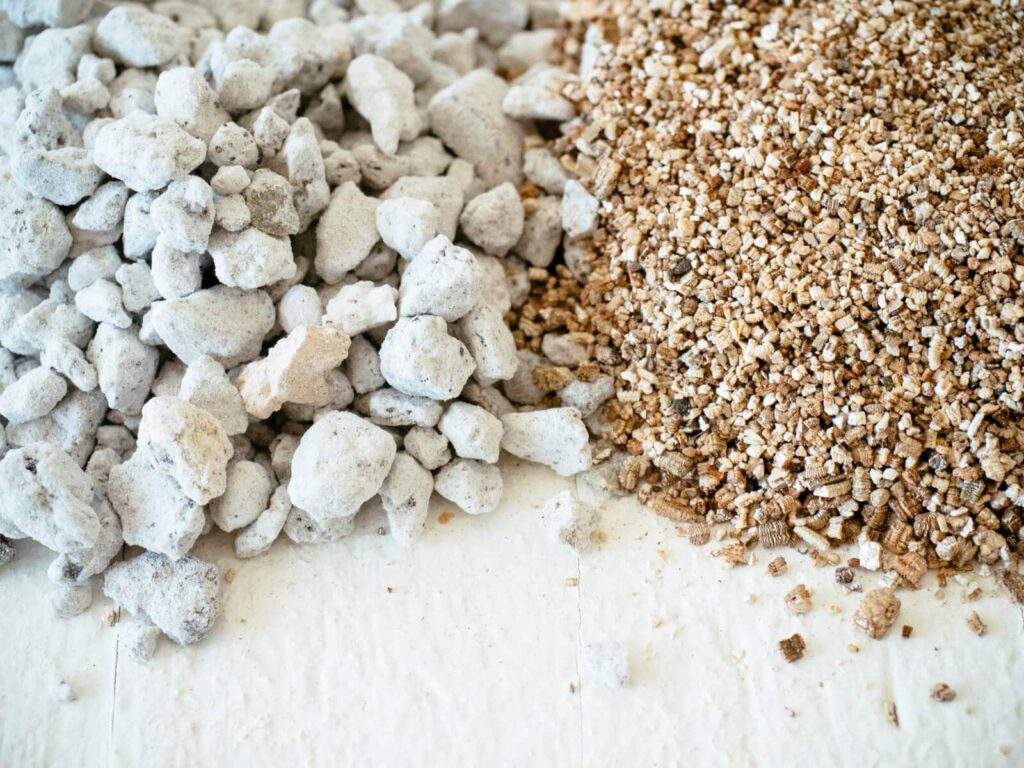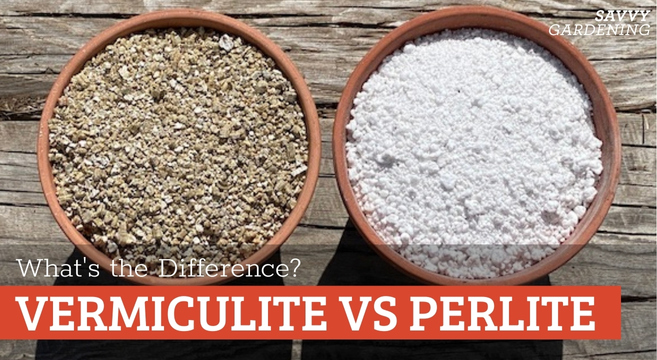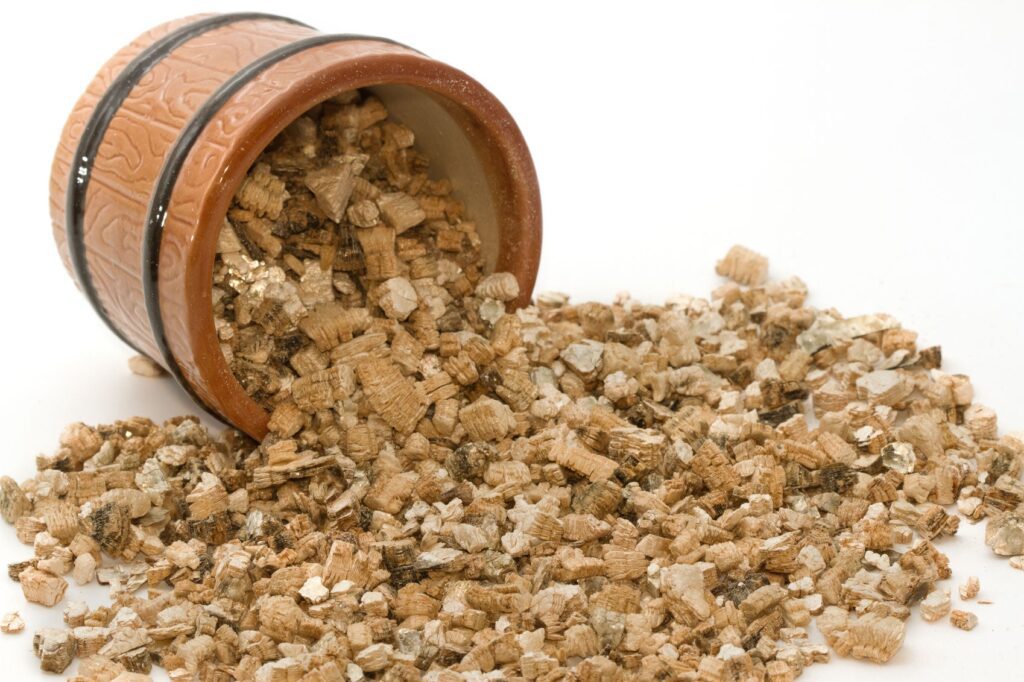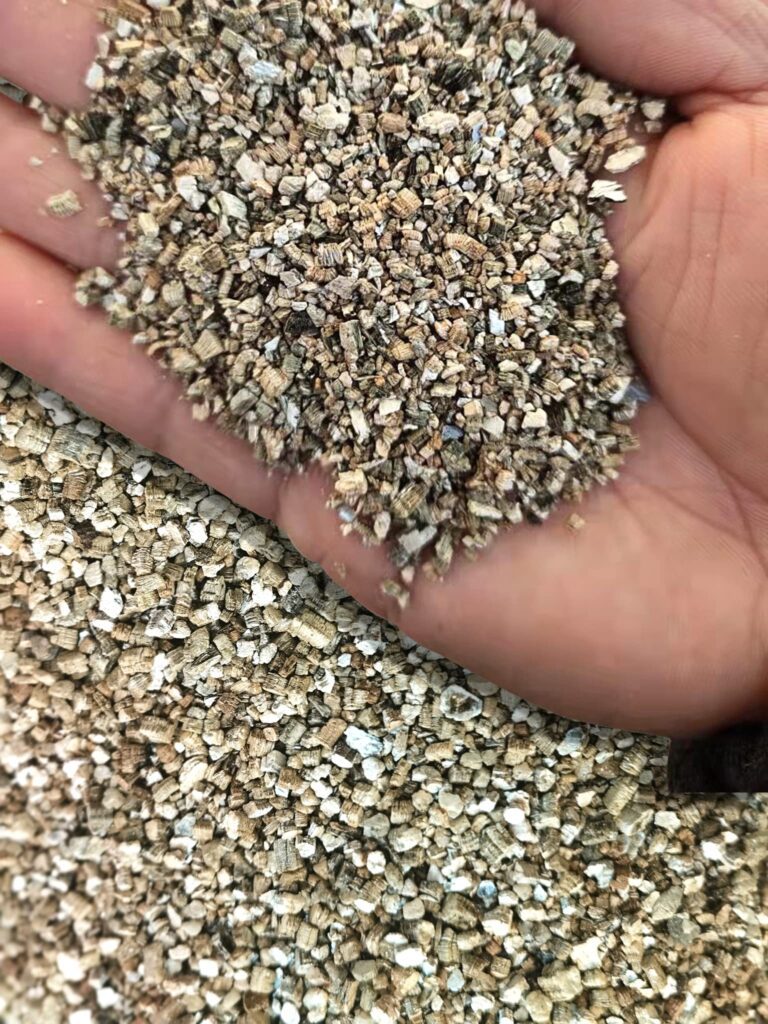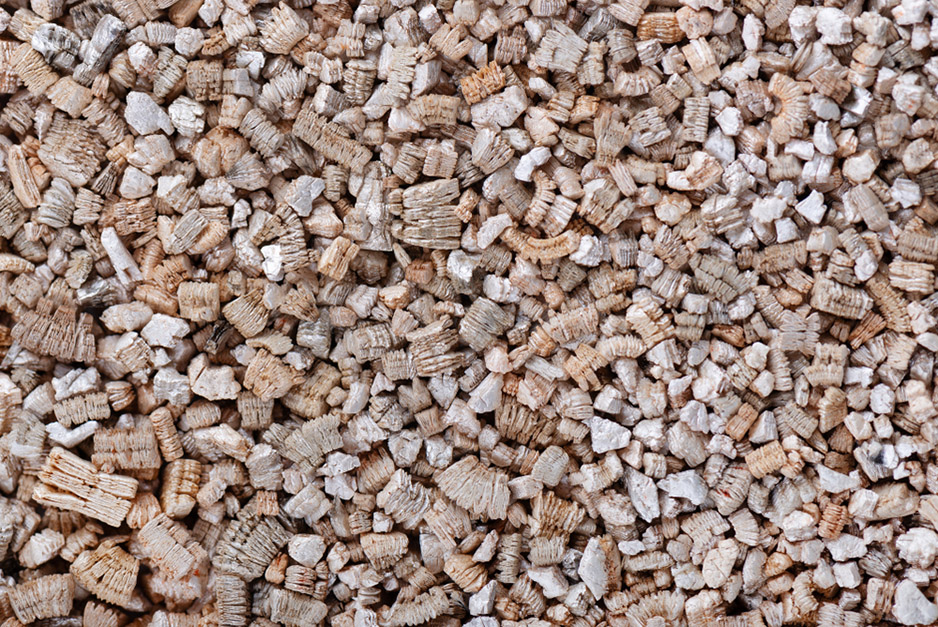Vermiculite, that handy and versatile mineral often found in gardening and insulation projects, has become something of a staple in many households. But have you ever wondered if it can go bad? Can it lose its effectiveness over time? Well, rest assured, my friend, because we’re about to uncover the truth behind this mystical material. So, grab a cup of tea, sit back, and let’s explore the longevity of vermiculite together.
Can Vermiculite Go Bad?
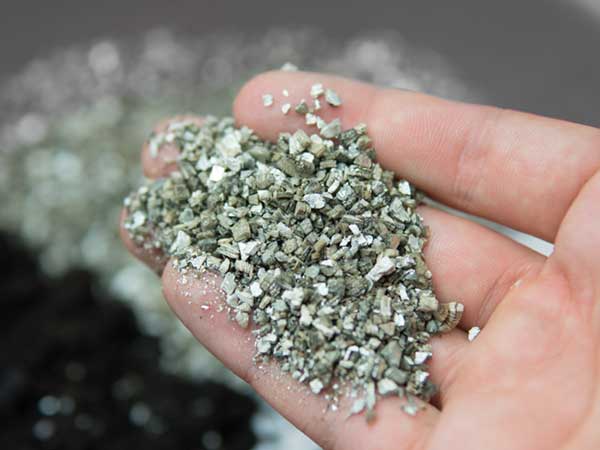

What is Vermiculite?
Vermiculite is a naturally occurring mineral that is commonly used in a variety of applications due to its unique properties. It is formed through the weathering of certain minerals, such as biotite or phlogopite, and can be found in deposits all over the world. The mineral undergoes a process called exfoliation, in which it is heated rapidly, causing it to expand into lightweight, porous particles.
The Shelf Life of Vermiculite
Like many other materials, vermiculite does have a shelf life. The shelf life refers to the period of time during which the product can be stored under proper conditions without significant deterioration. While the shelf life of vermiculite can vary depending on a range of factors, it is generally considered to be long-lasting and can last for several years if stored correctly.
Factors That Affect Vermiculite’s Shelf Life
Several factors can influence the shelf life of vermiculite. It is essential to understand and consider these factors to ensure the longevity and quality of the product.
Exposure to Air
Exposure to air can impact the shelf life of vermiculite. The material, when exposed to air for an extended period, may start to absorb moisture, which can lead to changes in its physical properties and insulation capabilities. Hence, it is crucial to store vermiculite in airtight containers to minimize air exposure.
Temperature and Humidity
Temperature and humidity are significant factors that can affect the shelf life of vermiculite. High temperatures and excessive humidity can cause the material to degrade more rapidly, leading to a reduction in its insulation properties. It is advisable to store vermiculite in a cool, dry place to maintain its quality over time.
Sunlight Exposure
Exposure to direct sunlight can have negative effects on vermiculite. Ultraviolet (UV) radiation from the sun can cause the material to deteriorate and lose some of its insulation properties. Therefore, it is best to store vermiculite in a dark environment or in opaque containers to protect it from sunlight exposure.
Contamination Factors
Contaminants, such as chemicals or foreign substances, can impact the shelf life of vermiculite. If vermiculite comes into contact with contaminants, it may become chemically altered or lose its desirable properties. It is crucial to keep vermiculite away from any potentially harmful substances to maintain its integrity.
Packaging Quality
The quality of the packaging is another critical factor that can affect the shelf life of vermiculite. Well-sealed and durable packaging can prevent air, moisture, and contaminants from reaching the material, thereby preserving its quality for a more extended period. It is advisable to choose vermiculite that comes in high-quality packaging and to check for any signs of damage or deterioration before purchasing.
Physical Appearance Changes
One indicator that vermiculite may be going bad is noticeable changes in its physical appearance. These changes can include alterations in color and texture or the formation of clumps and aggregates.
Color and Texture Alterations
Vermiculite typically has a golden-brown color and a soft, granular texture. However, if the material starts to turn gray or black, it could indicate degradation or contamination. Similarly, a change in texture, such as a loss of its lightweight and porous nature, may suggest a reduction in its insulation properties. If you notice significant changes in the color or texture of vermiculite, it is advisable to seek professional assistance or consider replacing the material.
Forming Clumps or Aggregates
Vermiculite that has gone bad may also start to form clumps or aggregates. Instead of loose and lightweight particles, it may become compacted and stick together, making it less effective as an insulation material. Clumping can occur due to moisture absorption or improper storage conditions. If you encounter clumps or aggregates in your vermiculite, it is recommended to inspect the material further and consider replacing it if necessary.
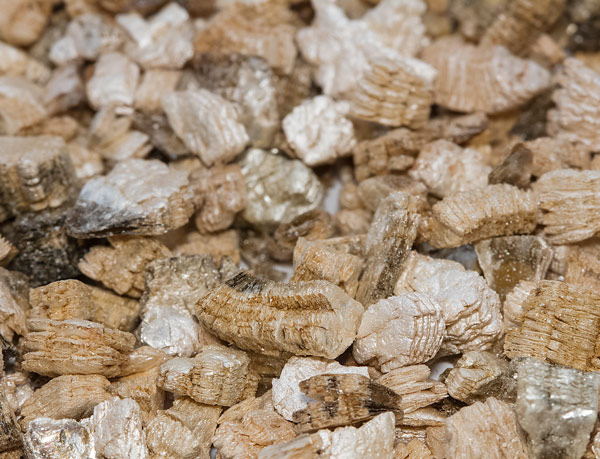

Loss of Insulation Properties
One of the primary reasons for using vermiculite is its excellent insulation properties. However, over time, vermiculite can lose its insulation efficiency, leading to decreased thermal efficiency and sound absorption.
Reduced Thermal Efficiency
When vermiculite starts to degrade or be affected by external factors, its ability to insulate decreases. This means that it may no longer provide the same level of thermal insulation as it did when it was fresh. Reduced thermal efficiency can result in heat loss or gain, affecting the overall energy efficiency of buildings or other applications where vermiculite is used.
Decreased Sound Absorption
Vermiculite is also valued for its sound-absorbing properties in various construction and insulation applications. However, as vermiculite ages or undergoes unfavorable conditions, its ability to absorb sound waves may diminish. This can result in increased noise transmission and reduced acoustic performance. If you notice a significant decrease in sound absorption, it may be a sign that the vermiculite has gone bad and should be replaced.
Contamination Risks
Contamination is another concern when considering the shelf life of vermiculite. Contaminants can pose health risks and compromise the integrity of the material.
Chemical Contamination
Vermiculite can be susceptible to chemical contamination if it comes into contact with harmful substances or pollutants. Chemicals, such as pesticides, herbicides, or corrosive agents, can react with vermiculite and alter its composition or properties. To avoid chemical contamination, it is crucial to store vermiculite away from any potentially hazardous materials and ensure proper handling during transportation or installation.
Biological Contamination
Biological contaminants, such as fungi or bacteria, can also impact the shelf life of vermiculite. Excessive moisture or poor storage conditions can create an environment conducive to mold growth and fungal issues. Biological contamination not only affects the quality of the vermiculite but can also pose health risks to individuals exposed to the contaminated material. Regular inspections and proper maintenance can help prevent biological contamination and ensure the longevity of the vermiculite.
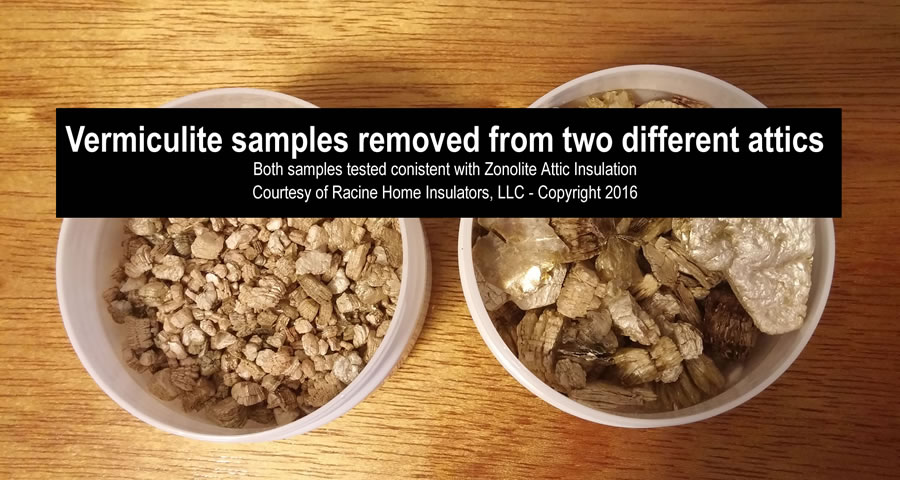

Moisture and Mold Build-up
Moisture can be detrimental to the shelf life of vermiculite, as it can lead to mold growth and other related issues.
Moisture Absorption Potential
Vermiculite has a high moisture absorption potential, which means that it can readily absorb and retain moisture from its surroundings. If vermiculite is exposed to excessive moisture over an extended period, it can become waterlogged and lose its desired properties. It is crucial to store vermiculite in a dry environment and avoid exposure to moisture to prevent mold build-up and degradation.
Mold Growth and Fungal Issues
When vermiculite becomes damp or moist, it becomes susceptible to mold growth and fungal issues. Mold not only affects the appearance and physical integrity of the material but can also release spores that can cause respiratory problems and allergies. Regular inspections, proper ventilation, and controlling moisture levels are essential to prevent mold growth and maintain the shelf life of vermiculite.
Pest Infestation
Vermiculite can attract pests, and if infested, it can compromise its quality and efficacy.
Attractiveness to Pests
Certain pests, such as insects and rodents, may be attracted to vermiculite due to its organic nature and moisture-retaining properties. These pests can find their way into vermiculite storage areas and create nests or burrows, leading to infestation issues. Additionally, pests such as termites or carpenter ants can cause physical damage to the vermiculite itself or any surrounding structures.
Damage Caused by Pests
Pests that infest vermiculite can cause damage in various ways. They may chew through the packaging, contaminate the material with urine and feces, or create tunnels and nests within the vermiculite particles. Such damage can compromise the integrity and usability of the vermiculite, making it less effective for its intended purposes.
Preventing Pest Infestation
To prevent pests from infesting vermiculite, it is crucial to store the material in tightly sealed containers or bags. Additionally, regular inspections of storage areas can help identify and address any potential pest issues early on. If a pest infestation is suspected, it is advisable to seek professional pest control services to ensure effective eradication and prevent future occurrences.
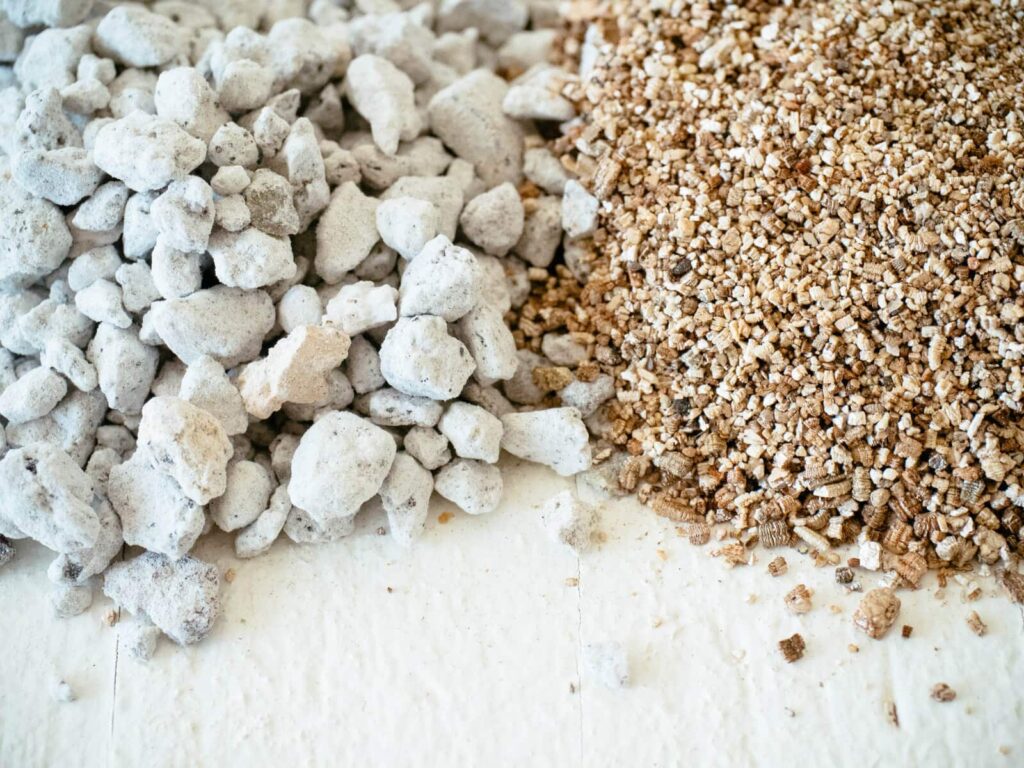

Best Storage Practices
To maximize the shelf life of vermiculite, it is important to follow proper storage practices. Here are a few recommendations:
- Store vermiculite in airtight containers or bags to minimize exposure to air and moisture.
- Choose a cool, dry storage location to prevent degradation and mold growth.
- Protect vermiculite from direct sunlight by storing it in a dark environment or using opaque containers.
- Keep vermiculite away from potentially harmful chemicals or contaminants.
- Regularly inspect the vermiculite for any signs of physical changes, clumping, or contamination.
- Ensure high-quality packaging to maintain the integrity of the vermiculite for an extended period.
Adhering to these storage practices can help prolong the shelf life of vermiculite and ensure its optimal performance when used.
Conclusion
In conclusion, vermiculite can indeed go bad if not stored and maintained properly. Factors such as exposure to air, temperature and humidity, sunlight, contamination risks, and packaging quality can all influence the shelf life of vermiculite. Physical appearance changes, loss of insulation properties, contamination risks, moisture and mold build-up, and pest infestation are indicators that vermiculite may have gone bad. By following best storage practices and seeking professional assistance when in doubt, you can extend the shelf life of vermiculite and ensure its effectiveness in various applications.
